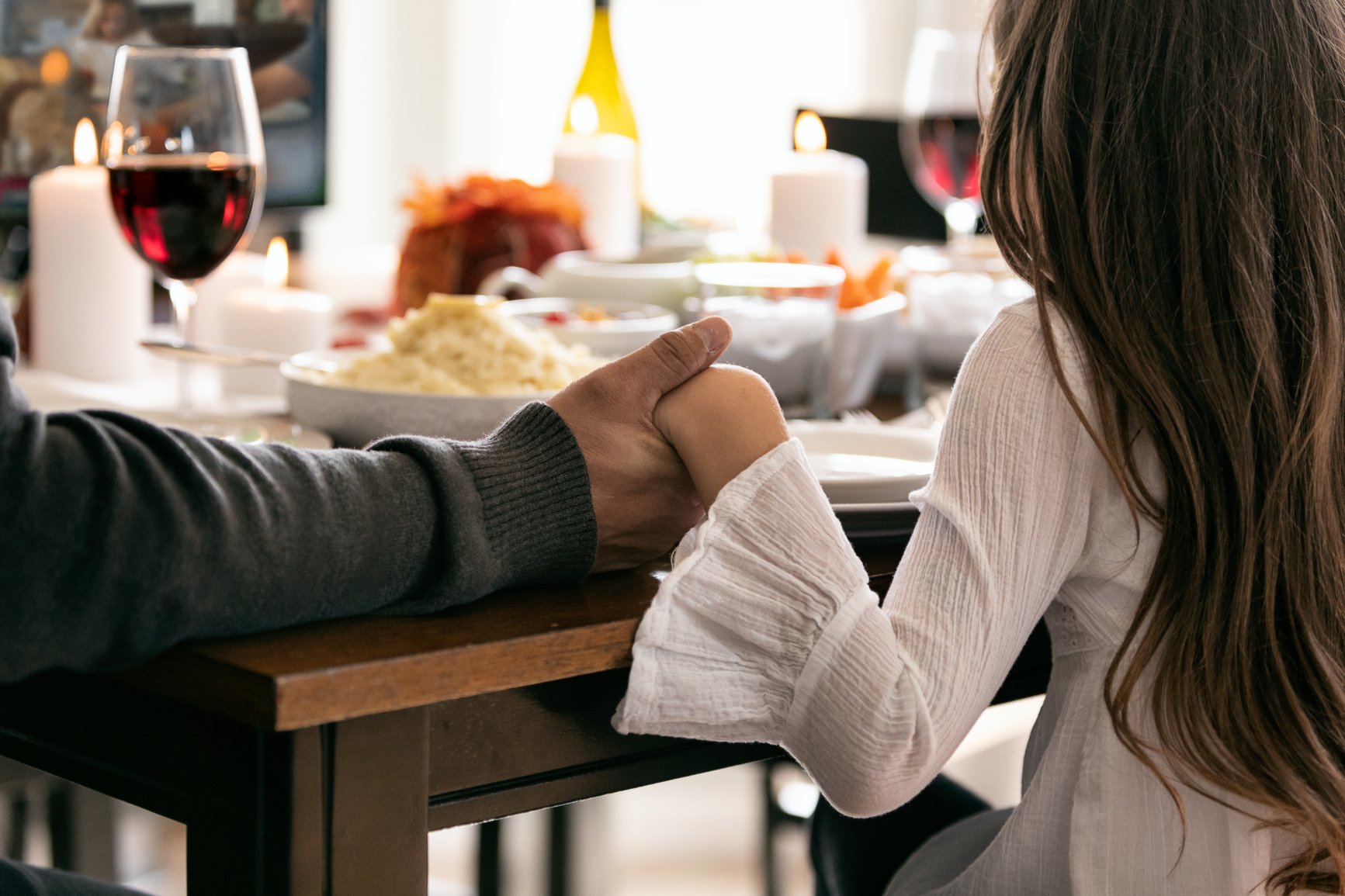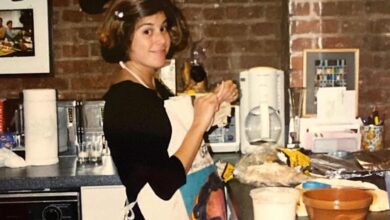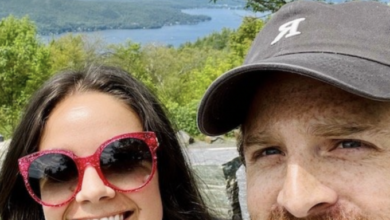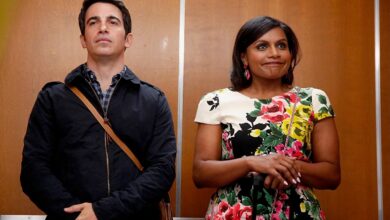How to Talk to Kids About Thanksgiving

When I was in third grade, our school class celebrated Thanksgiving by dressing up as Pilgrims and Native Americans. We made feathers to stick in headbands and cut fringe on grocery store paper bags. We smiled and sat down to eat snacks, just like they did in Plymouth, Massachusetts in 1621, right?
Needless to say, Thanksgiving has a much more complicated history. Kids are smart and aware, and I’ve been amazed how eager they are for nuance and critical thinking. Over the past week, I turned to three thought leaders and put together a guide to teaching kids about Thanksgiving (please weigh in, as well, in the comments!)…
First off, remain questioning and open.
Everyone is excited to eat turkey and pie, but it’s important not to ignore Thanksgiving’s difficult history. “There was NOT this happy meal; it’s time to put that stuff to bed,” Traci Sorell, children’s book author and enrolled citizen of the Cherokee Nation, told me on the phone. “There’s no sense in keeping up these false narratives. Who does that serve? Our kids look at us and say, why am I being taught this? Why would you have students dress up in vests and face paint and these stereotypes that have nothing to do with the reality of the actual historical event? We know who benefits: it’s causing whiteness to be elevated and that’s not where we need to be in 2021.”
Now, let’s get things straight. What really happened in 1621?
Here’s a basic summary as I understand it: The Pilgrims, many of whom were fleeing religious persecution in England, arrived in North America in 1620. During their first winter in Massachusetts, half of them died from malnutrition, disease and cold weather. They met the Wampanoag Tribe, who were experts on the land but also struggling. After years battling enslavement and murder by European voyagers, their tribe had recently been devastated by deadly plagues brought over from Europe.
Although many of his people opposed, the Wampanoag leader Massasoit (also called sachem Ousamequin) wanted to form military alliances with the English settlers. He signed a peace treaty with the Pilgrims in April 1621, and the Wampanoag peoples taught the Pilgrims how to hunt, fish, forage and farm, which led to a successful harvest.
The relationship was mostly peaceful at first, but as time went on, the English kept encroaching on Wampanoag lands. In 1675, a war broke out between the English colonists and a confederation of New England Native tribes. Villages were burned to the ground, over forty percent of the Wampanoag tribal population was killed, and many Native Americans were sold into slavery. Ever since, Native Americans have continued to face discrimination, erasure, broken treaties and the systematic removal of Native Americans from their land.
So, how should we talk to children about Thanksgiving?
While teaching kids about history, you want to be age appropriate. “For the youngest kids, you can redirect conversation about Thanksgiving to be about what you’re thankful for as a family; three-year-olds don’t need to know the gruesome details,” says Bob Peterson, founding editor of Rethinking Schools, co-editor of Rethinking Columbus and former fourth- and fifth-grade teacher in the Milwaukee Public Schools. For kids around five or six, Peterson suggests sharing something like, “The Wampanoag peoples lived in Massachusetts, but people from Europe came and took their land, and it wasn’t fair.” Then, of course, older kids can learn an in-depth history.
We can also teach kids of all ages how to question what they’re learning. “From a young age, I was asking my children, ‘Why is this holiday called Thanksgiving? What were people giving thanks for? What is the other part of this story that isn’t typically told?’” says Sachi Ferris, mother of three and founder of the website Raising Race Conscious Children.
Can we come together for a Thanksgiving meal while acknowledging the violent history and current inequality?
As I learned more and more, I found myself wondering if we should just skip Thanksgiving. In 1970, United American Indians of New England declared Thanksgiving a National Day of Mourning. But other Native Americans and allies celebrate the holiday as part of a long cultural tradition of giving thanks. “Cherokees are taught to be grateful every day, every season, all year long,” Sorell told me.
Focusing on both gratitude and awareness might be a good approach. “Instead of skipping Thanksgiving, to me what’s more important is speaking back to it and engaging children in this process of critical thinking,” says Ferris. “Children can be detectives of the media they consume, and Thanksgiving is part of that.”
After Thanksgiving, how can we keep our kids learning and growing?
* I’m looking forward to reading more children’s books with Native American characters, such as We Are Grateful: Otsaliheliga by Traci Sorell and illustrated by Frané Lessac; If You Lived During the Plimouth Thanksgiving by Chris Newell and illustrated by Winona Nelson; Children of Native America Today by Yvonne Wakim Dennis and Arlene Hirschfelder; and We Are Water Protectors by Carole Lindstrom and illustrated by Michaela Goade.
* We can find out whose land we live on by looking on Native Land Digital. “At our school, we do a land acknowledgement at the beginning of our school board meetings,” says Peterson; a land acknowledgement could be a great Thanksgiving, or regular, family tradition.
* If your child asks questions that you’re not sure how to answer, you can always say that you’ll do some research and get back to them. (I do this with sex and consent talks, too.)
* And, of course, discuss history, race and privilege, year round. “Talk with kids about the present-day groups of people who aren’t being protected; think about communities that are consistently denied privileges,” says Ferris. “These talks are not just a one-time opportunity, there’s a constant need to engage in questioning.”
Thoughts? How will you be celebrating Thanksgiving this year? What other thoughts or ideas do you have? If you’re Native American, how does the holiday feel to you? “It gives me hope when I see how engaged young people are,” says Sorell. “Our children deserve better.”
P.S. Raising race-conscious children, and our Race Matters column.
(Photo by Sean Locke/Stocksy.)
Source link







